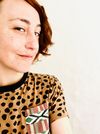Alice Rende. Symbolic and innovative contortion
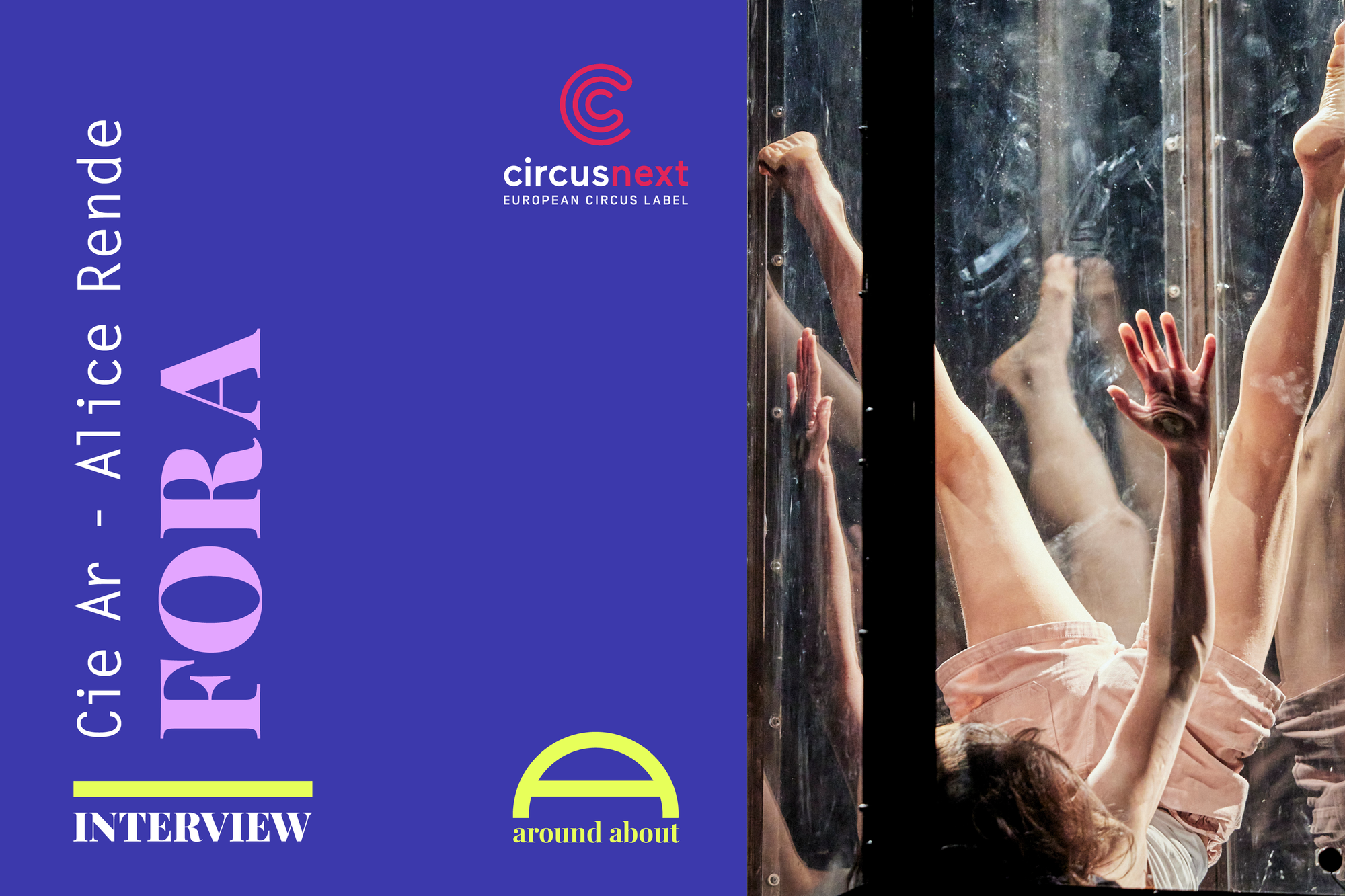
Alice Rende created the Ar company in parallel with the circusnext program and the shaping of Fora, her indoor solo staging of contortion combined with other techniques in a tall rectangular box made of plexiglass. For this circusnext series of interviews, I met her online from her new house in Marseille. We shared thoughts about the unseen potential of beauty in inadequacies and how a relationship with objects can reveal its full expressive power. We talked about circus embracing new apparatuses and the position of contortionism as a contemporary circus art form. And, mostly, we shared and celebrated the joy of conquering yourself and gaining space as an author who allows herself to enjoy the overview.
Cie Ar, Alice Rende, Fora - trailer video
Fora is your first solo as an author, and it is born from specific intent, exploring a relationship with a plexiglass box. How did the idea of developing your creativity with this new apparatus and mixing it with contortion come about?
AR: I started studying circus in Brazil at the Escola National de Circo do Rio de Janeiro. I also attended the Universidade Federal do Rio de Janeiro for a Master's and Doctoral research in performing arts. Then, in Europe, I ended my professional studies at Esacto-Lido and worked as a performer in several companies. In my education, I trained in aerials, especially trapeze. But the discipline I found the most interesting was contortion. I began my adventure in contortionism very late, when I was already 24 years old. I wanted to master it without emphasizing virtuosity. I just wanted to be able to use contortion as a tool to share specific emotional states.
What unblocked me in defending myself as a contortionist was to think of contortion as a gesture. A gesture that everybody makes to different degrees. Seeing it this way made me feel allowed to say I’m a contortionist. Even if it was not my sole or main discipline, contortion ended up being present in all I do. It suited my approach to themes and subjects I care about such as inadequacy, not fitting in, the body's strangeness, the need for love… On stage I like to share a feeling of disturbance instead of the usual admiration the audience feels for an explosive act with the high energy of an acrobat.
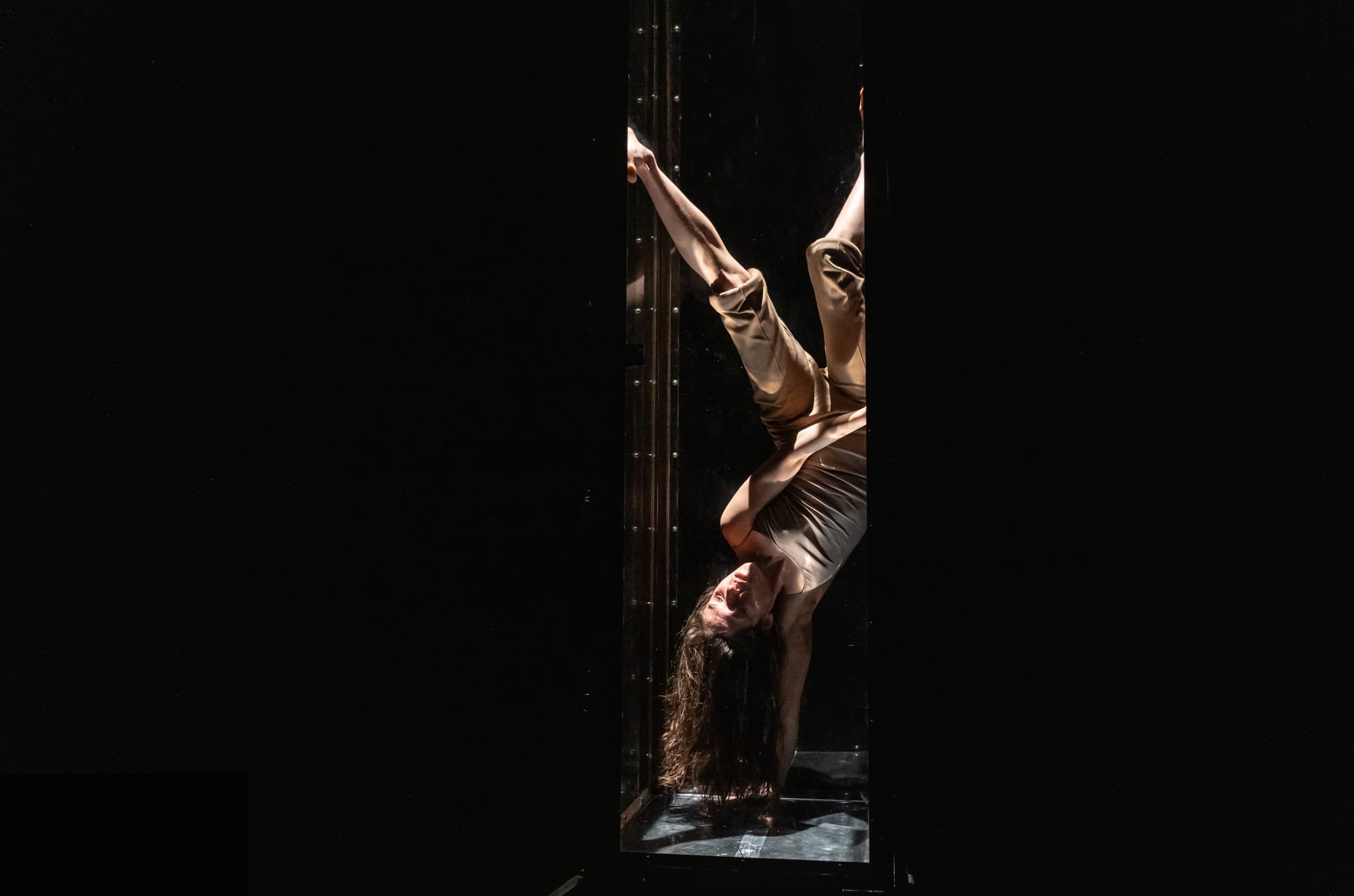
The circus technique you have developed depends heavily on the structure in which you move. How has the apparatus become the tool for your research around contortion?
AR: The plexiglass box appeared in 2018 while working with the circus director Roberto Magro in his show, Silenzio. He asked me to produce an aerial rope act in a suspended transparent cage as if escaping from it. The inside of the structure was very narrow to do rope tricks in and using this apparatus in an already suspended environment was challenging. I began naturally to keep the walls still so they didn’t move. I started to develop my circus idea within it, taking cues from Chinese pole technique and handstands, which I transposed to my suspended situation. From the aerial disciplines, I took the dynamics of pulling and looking for falls. With these movements, we noticed that the rope was not necessary anymore, and we both enjoyed the result. It was just one specific moment of the show, less than three minutes long, but that’s the spark of how my journey with a plexiglass cage began.
I then produced a narrower box that forces whoever is inside to contort in every movement. This lack of space is at the core of my work because it makes the extreme contortion “by necessity” without falling into a “look what I can do” exhibition of spectacular ability. It is funny that I took a very long time to connect the fact that contortionists have a historical relation with narrow boxes. One day a person made the stereotypical comment of saying ‘Oh you are a contortionist, how small is the box you fit in?’. Only then did I realise that what I did had something to do with this old classic act of fitting into a small space.
Then I measured my body and constructed a very narrow classic contortion box so next time I could answer “35cm wide x 35cm deep x 40cm tall”. I researched for pictures and references in the history of contortion and there are so many boxes! However, I did not find many examples of exploration of them in contemporary circus.
It seems that the dialogue between the architectural aspects of your artistic research ran in parallel with the psychological insights, how did your journey continue?
AR: Starting from my interest in the technique that I wanted to develop within it, I wrote a first draft for the set design. The image I had in my head was that of a Freak Show vitrine. I imagined the structure as if it were the object of an exhibition, not suspended in the void but resting on the floor. The plexiglass box is an object that can speak about many things. Need for evasion, fear of exposition, sensation of solitude, feeling of imprisonment, need for protection, for transformation, the desire to go up, seek the sky - or to go deep down inside one’s secret shadows...It is a constricting space that encloses many possibilities. You can talk about so many different things. I found it truly inspirational.
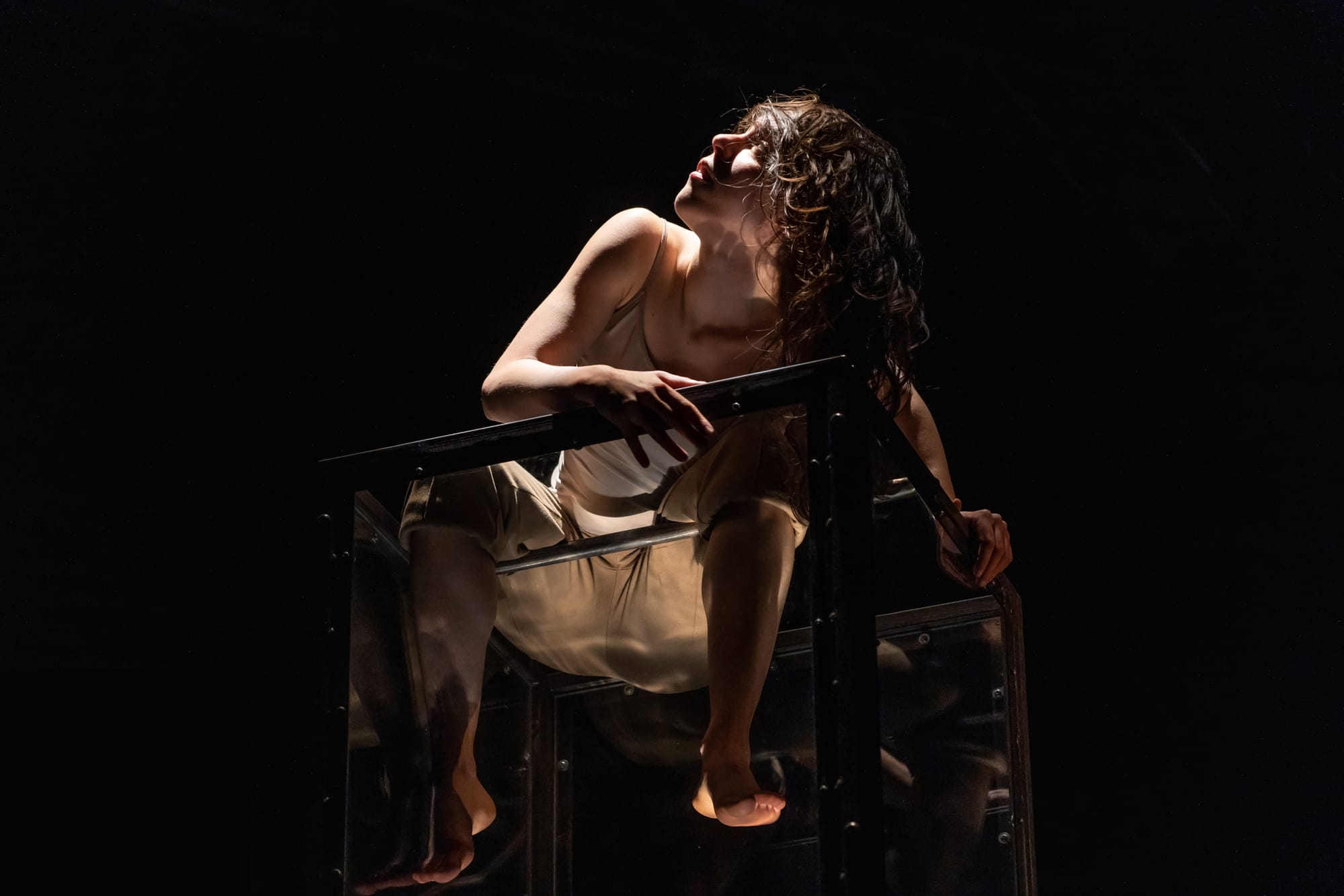
What are the milestones of your artistic research as an author and in the shaping of Fora?
AR: I like to observe how our values and needs get inscribed in our bodies and postures. I think society pushes us to conform and behave in a way to fit into a success model that serves the status quo. We usually fall for that because we want to succeed but also because we need to feel safe, accepted, and loved. I find it really admirable when people do not fall for this, and it triggers me to guess why, and how. Maybe freedom means being able to notice when this happens and being strong and aware enough to decide if we want to collaborate or not. Does fitting in make us happy or submit? Walk different, dance different, stand different, this can seem obvious but sometimes it is a revolution. These questions are my main artistic milestones as a creator.
Regarding Fora, I am interested in exploring contortion as escapism - the act of escape from traps - and also on the contrary, as enterology: the traditional act of feet in a small space. The show is an artistic attempt between these two tensions, wanting to fit in but failing, deciding to escape and maybe finally managing to fit in another place. It is also about exploring how you can survive not through showing strength, but through flexibility: in Brazil, we use this colloquial expression, jogo de cintura, to describe a way of dealing with a difficult situation without using force, just ‘dancing with it’ until you find a sneaky solution. Therefore I can say that in Fora I explore contortion as a strategic behaviour.
What about Illusionism? There is a particular quality of mystery that surrounds the show and is key to telling the story.
AR: The light and sound design of Fora are both strongly engaged in creating mystery. The lights and the transparent plexiglass make the body float. At the same time, the walls of the apparatus are amplified with small microphones, bringing sound to the foreground in relation to the movements. Games of sound, illusion and physical deformation of the body and face come to life. The confined space allows me to create emotional contortions that play on a wide range of the character's (and my own) feelings.
I like the dark box inside of theatres because it invites us to an inner space of imagination which is not supposed to be reality. I need some mystery while performing because I have a personal need to escape reality - here the escapology comes again. But is it really possible to escape reality? Maybe all we can do is reshape reality and shed light on aspects of reality that we do not usually focus on. If we take time to think about it, we can discover that “reality” is something mysterious. Creating mystery allows people to be more in contact with their projections, their different realities that may also encounter mine. The mystery allows us to meet in unpredictable places, to have unpredictable exchanges.
At what point did circusnext enter the progressive shaping of Fora?
AR: In 2021 I received the structuring support of La Grainerie with Studio de Toulouse – PACT (Pépinière des Arts du Cirque Toulousaine) that provides authorship accompaniment. I was already touring with Passages, an outdoor creation with the plexiglass box, but I wanted to do an indoor creation about the feeling of misfitting. I decided to apply to circusnext in 2022. At this point aspects of my career were uncertain, so when circusnext validated my proposition, this gave me legitimacy, which also helped with other aspects. Thanks to the program, I managed to engage other talents to work with me: the sound and light creators. I began to think about Fora in 2021 and the première was at the beginning of 2024. Three years have passed while shaping this show.
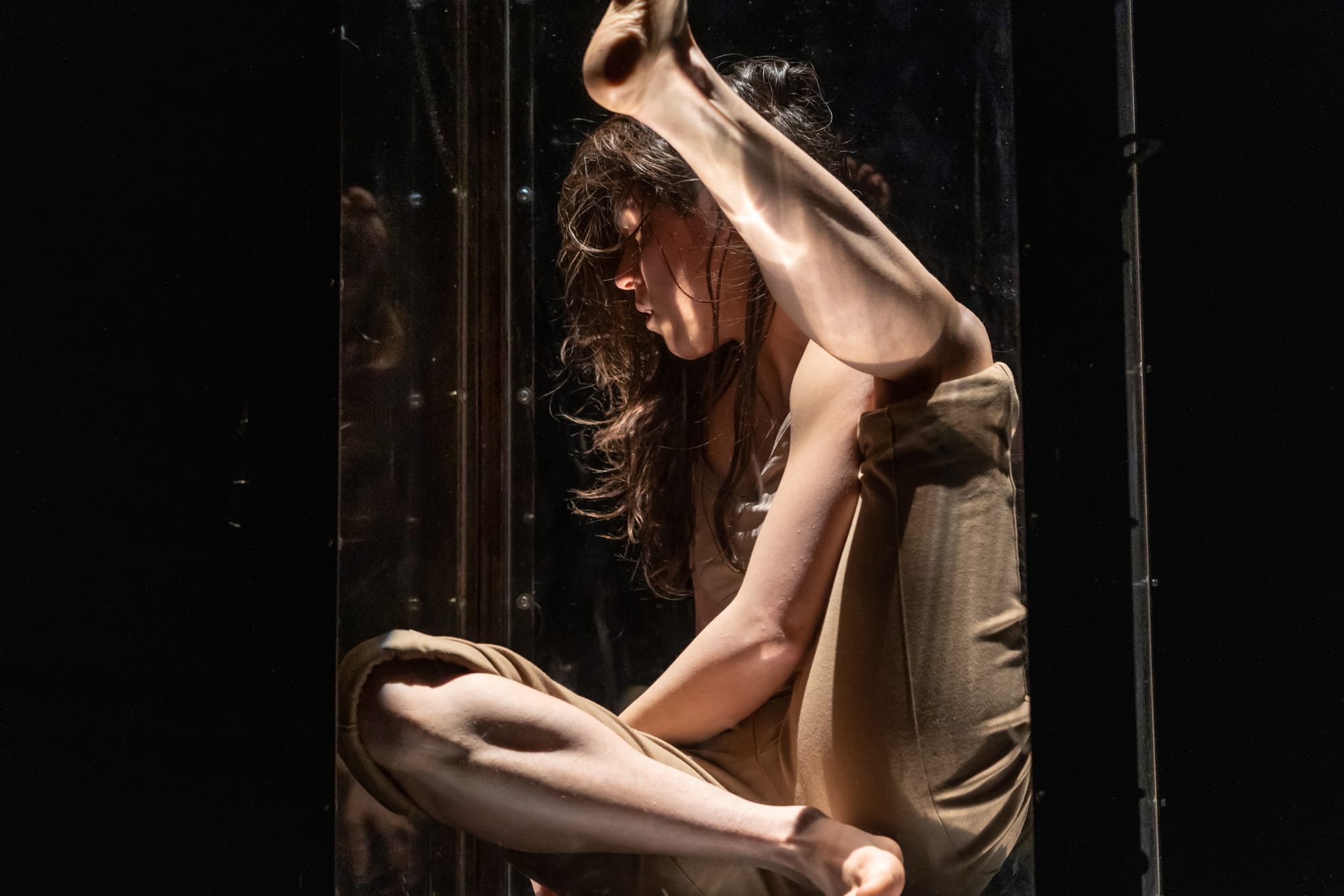
Speaking about the technical aspects that create the magic in Fora, some movements in the box are sound amplified and every plexiglass side of the box becomes a mirror. How does it look and sound to you inside the box? Could you also tell us more about the collaborators behind the scenes?
AR: I had the pleasure of working with Benet Jofre on the shaping of the structure in 2019. Sounds and lights in the performance work together as phantoms. The light design was shaped by Gautier Devoucoux whose presence has been central, giving me feedback from outside of the scene. Working on the lights has allowed us to transform the plexiglass into a mirror. This means that during the whole show, all I see is myself reflected on the walls inside the box and the darkness beyond. This amplifies my state of claustrophobia. From an aesthetic perspective, the image is stunning, but psychologically it always puts me in a very particular state. To be reflected and to be multiple. A strange mood that is an essential element of the show. It allows some hope that comes from the dark, a claustrophobic situation that evolves into liberation.
During the first experiments, I used to sing inside the box, deforming the voice against the walls. The sound engineer Chloé Levoy, gave me bits of advice and shaped the sound dramaturgy. On another occasion, the asset of the microphones was evolved by the composer and musician Thomas Baudriller. Now, the audience hears the sounds and it feels like they are inside the box with me.
What do you recall as pivotal in the circusnext program?
AR: All the residencies proposed by circusnext have enriched the project. When in Zagreb with Cirkorama, I gave a contortion workshop which helped me to develop materials. We also presented a work in progress of the show, testing (bad) ideas and this served to refine the directions I wanted to take. The residency at UP in Brussels helped me to find acrobatic solutions, whilst the one at Cirqueon in Prague helped me to write the ending of the show.
Company Ar was born during the circusnext process. The program facilitated my dissemination to an expanded web of real international touring opportunities within the partners. Now, taking care of the production and promotion of the company there are also Clemence Drack and Alina Yanikeeva. I have a small truck to move my scenography and some plans to find new green sustainable solutions.
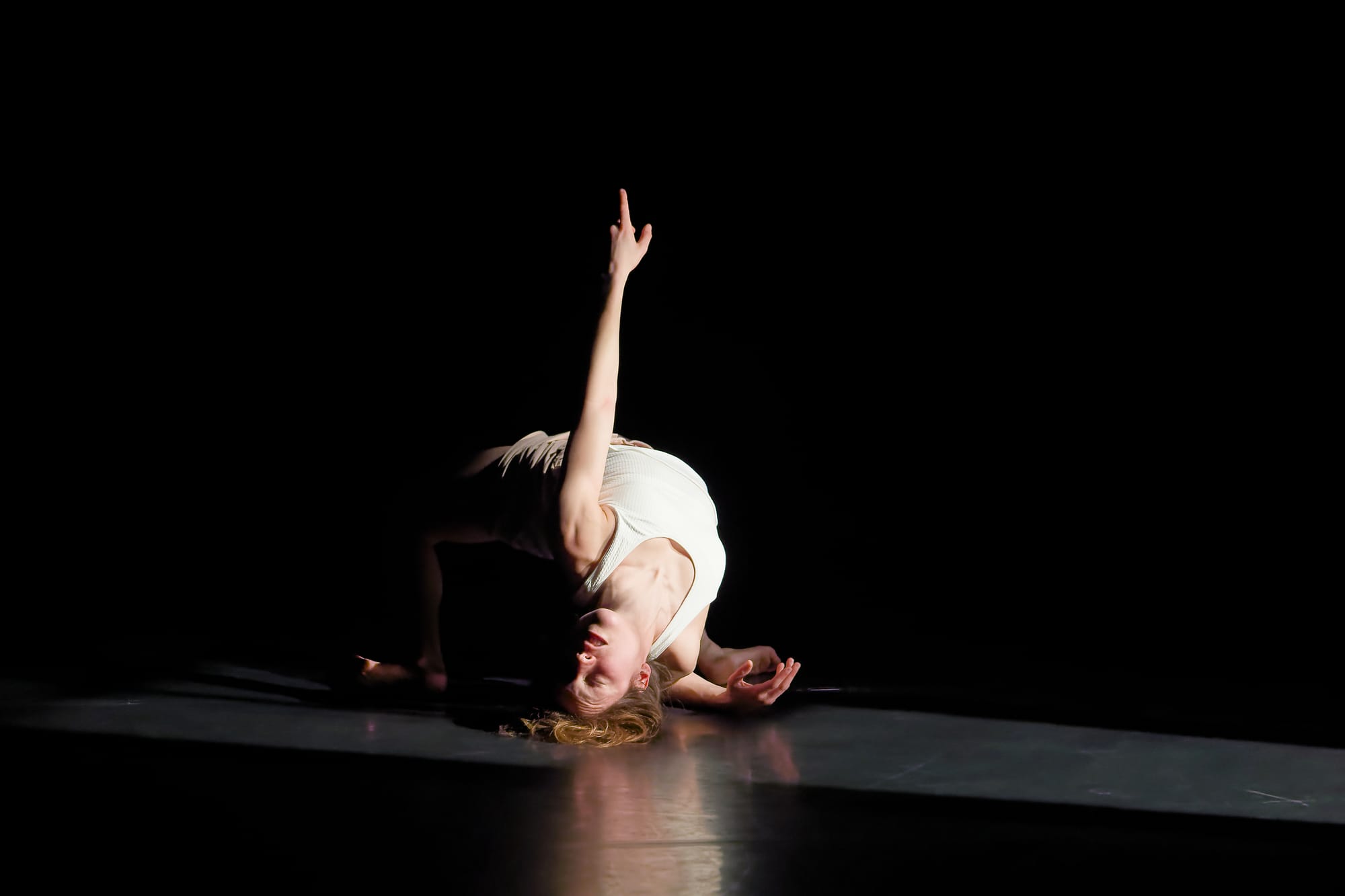
Every artistic creation follows unpredictable trajectories. What have been the risks you took and what did you learn from them?
I indeed took unexpected physical, organisational and emotional risk. I had no model to follow when inventing movements inside the box and I thought my biggest risk was maybe not finding anything interesting. But the lack of protocol and guidance also means the risk of falling.
I broke my arm during my second day of physical research with the plexiglass box, in 2019 and I was devastated. I was beginning the creation of my first solo, called Passages, so I invited another performer - Gaia Panero - to replace me. Observing from the outside helped me to recognise that the concept I wanted to share was not clear and I still had a lot of work to do. On the other hand, I also researched movement without the possibility of using my arm. This gave me new ideas that are now part of the performance. I found my favourite “trick” thanks to this accident: it is a suspension that seems like I'm floating: this effect is possible because instead of using my arm - which I couldn't - I press my shoulder against the plexiglass, arms and hands relaxed. It is fun and unexpected when an accident allows you to float.
I do not know if I learned anything from the risks I took and from these unpredictable situations that we do not ask for. However, integrating the unpredictable felt crucial as if otherwise the artistic idea would lose consistency. What I know is that I feel thankful to have had the chance to do and share this creation and for me, it is definitely a source of joy and freedom.
